Megatrend: Urbanisation
Auf dieser Seite finden Sie:
Growth requires smart digital infrastructure
According to the IDOS German Institute, cities make up only 2 per cent of the world. However, more than 50 per cent of the world’s population already live in cities today. In 2030, 60 per cent of us will live in cities, and by 2050, over two-thirds will live in cities.
The urban population is growing rapidly in emerging and developing countries. The key questions that arise are: How can sustainable and liveable urban development be achieved? How can we create infrastructure and provide water supply and sewage disposal for the growing number of inhabitants?
Smart Cities and Smart Urban Areas offer a promising approach to solving these issues. With networked, digital infrastructure, they aim to enable growing urbanisation in an efficient, resource-friendly, and socially responsible way.
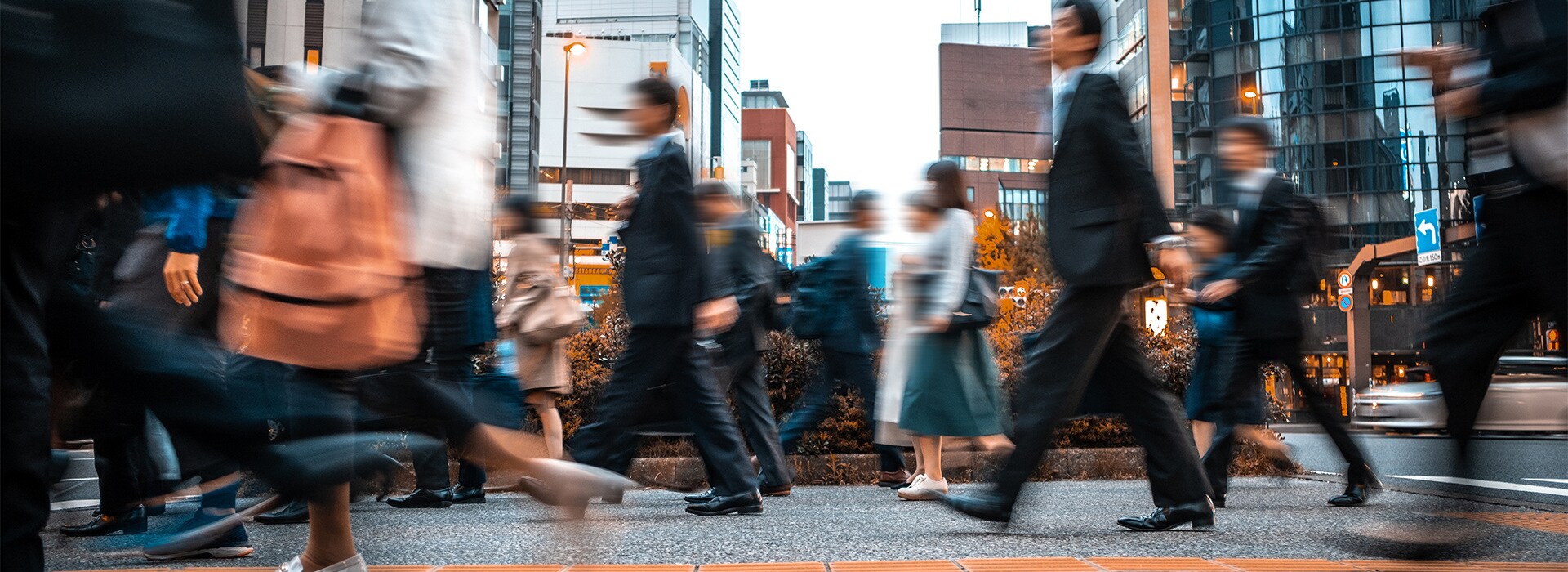
"Wilo delivers smart, digital products and solutions for rapidly growing infrastructures. This is how we help address urbanisation in Smart Urban Areas and Smart Cities."
What does urbanisation mean?
In a changing and connected world, metropolises are important economic hubs shaping our modern life. Cities are not only economic centers but also political and cultural meeting points.
This makes cities attractive to people. The growing urban population needs more housing, transportation, and infrastructure, but environmental protection and sustainability are also becoming increasingly important. Cities are therefore forced to constantly reinvent themselves to meet future challenges—both socially and functionally.
How does urbanisation occur?
The increasing population density in cities results from a variety of factors. A main reason for the attractiveness of cities is their economic importance. Cities offer more jobs, higher wages, and better educational and career opportunities. Especially people from rural areas migrate to cities hoping for a better life.
An example of enormous population growth is the Chinese metropolis Shanghai, home to the world’s largest container port. One of the largest metropolitan areas with nearly 25 million inhabitants and one of the fastest-growing cities worldwide. Its population almost doubled between 2000 and 2020.
According to forecasts by the Institute for Economics & Peace (IEP), cities in Africa will grow particularly rapidly by 2050. Cities like Luanda, Nairobi, Dar es Salaam, and Khartoum will grow strongly, some even by over 100 percent.
Challenges of urbanisation
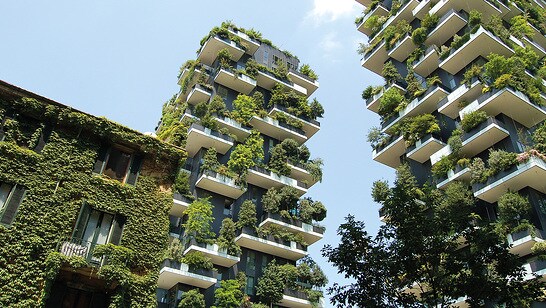
Cities are responsible for 70 percent of climate-damaging emissions and consume large amounts of land and resources. In many cases, infrastructure in growing cities cannot keep pace with the rising population density. This can lead to resource shortages, social conflicts, high environmental pollution, and the formation of slums. According to the United Nations Human Settlements Programme (UN-HABITAT), the share of people living in slums is particularly high in cities of Sub-Saharan Africa (50.2 percent) and Central and South Asia (48.2 percent). Worldwide, around 24 percent of the urban population lives in slums.
Besides social and economic problems, many cities also face challenges from climate change, water scarcity, and energy issues. According to the World Resources Institute, one in four of the 500 largest cities regularly experiences water supply shortages.
Solutions for urbanisation
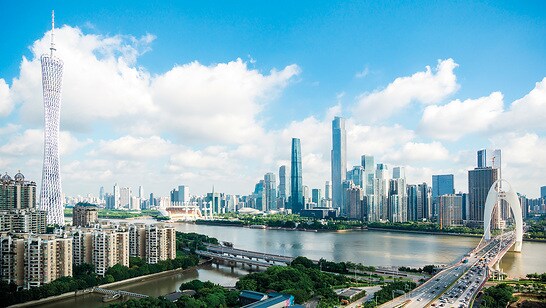
Smart Cities and Smart Urban Areas
One of the most promising approaches for positive and sustainable urbanisation are Smart City concepts and Smart Urban Areas. Through data collection and connected systems, cities can be made more efficient and environmentally friendly. This also applies to the use of connected, efficient pumps that enable optimized drinking water supply and drainage. However, a large share of current pumping systems in cities no longer meets current requirements for energy efficiency and digitalisation and would need to be replaced. Wilo offers tailored concepts and energy-efficient, smart solutions with its portfolio of pumps and pumping systems as well as comprehensive expert know-how.
Urbanisation requires continuous innovation
Smart Cities and Smart Urban Areas are long-term strategies to master the challenges of urbanisation. These concepts can only be implemented through continuous adaptation and innovation.
Wilo offers modern solutions for water supply and disposal in cities. Furthermore, Wilo is constantly working on innovations in research and development to optimise products through new materials, intelligent digitalisation, and new technologies, or to create completely new approaches. If cities and regions accept new ways, they can successfully handle the challenges of urbanisation.
Collaboration between authorities, companies, and citizens in Smart Cities and Smart Urban Areas is crucial. Through cooperation, solutions for environmental, economic, and social problems emerge. Experts pool knowledge and ideas to find sustainable solutions.
Our solutions in practice
Xiong'an, China
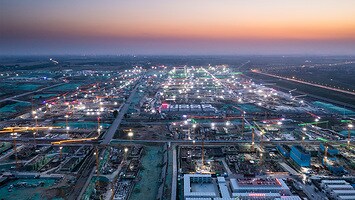
The city of Xiong'an is being built about 180 kilometres from Beijing and is expected to house around 2.5 million people. The goal is to create a future city that meets the highest sustainability standards. It will be home to new universities, hospitals, research and development centres. Above all, it is meant to relieve overcrowded Beijing and will be connected to the Chinese capital by high-speed trains.
Cairo, Egypt
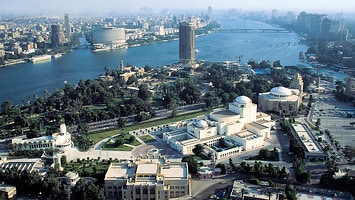
The “New Cairo Administrative Capital City” is located only 60 kilometres from Cairo in the desert. It is the new administrative capital of Egypt. After just seven years of construction, it was officially opened in January 2023. The city is planned for up to six million inhabitants and aims to relieve the infrastructure of Cairo, which is collapsing due to urbanisation.











